01/6What is Heeng and how it became a part of Indian cuisine?
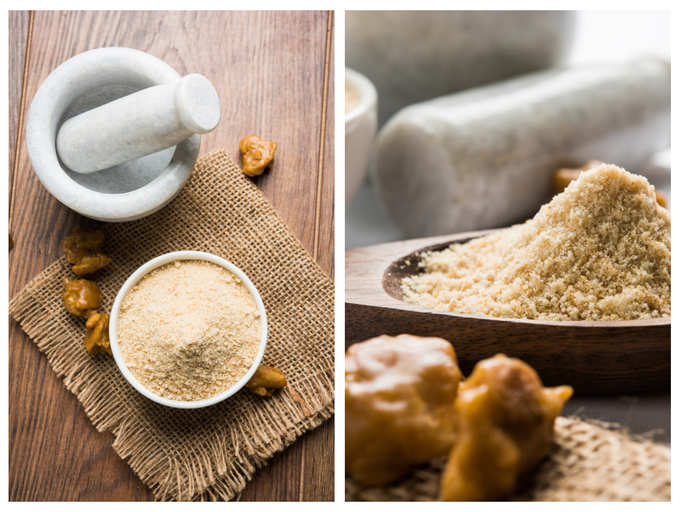
Indian cuisine has always been a treasure trove of spices. From adding a burst of flavours to accentuating the aroma, spices have been a quintessence of Indian cooking.
One such spice is Heeng also known as Asafoetida, which is commonly used in almost every Indian household; Interestingly, the story of this Heeng dates back to the 16th century, when it paved its way to the the Indian cuisine.
02/6Origin and history of Heeng


It’s unique flavour and pungent aroma not only captivates the senses, but at the same time adds a miraculous touch of health to any delicacy. Heeng was introduced to the Indian culinary culture by the Mughals in the 16th century. According to ‘The Book of Spice’ authored by John O'Connell, the traces of its origin were found in the Middle East until the Mughals introduced this aromatic spice to Indian cooking.
03/6What is Heeng?


Asafoetida or Heeng is basically a latex gum derived from a type of perennial herb known as Ferula Assa-Foetida, and the natural properties in Heeng makes it a potent spice that cures several ailments. Apart from adding a touch of taste and aroma, Heeng can work wonders for stomach and gut health, and can improve metabolism naturally.
Majorly available in two different forms, Heeng is mixed with ingredients to give it a distinct texture. Firstly, it is available in the form of a yellowish spice which is mixed with turmeric or rice flour to dilute the strong smell and flavour. Secondly, the pure form of Heeng is usually available as a sticky brownish lump. Pure Heeng is extensively used as an active ingredient in Unani, Sidha and Ayurvedic medicines to cure digestive issues. This is what makes Heeng an expensive spice.
04/6Health benefits of Heeng


It is one of the few spices that are known as food of Gods, especially for its therapeutic properties, carminative, anti-viral, anti-bacterial, anti-inflammatory, sedative and diuretic properties. Apart from healing digestive disorders Heeng also helps in lowering blood pressure, heals menstrual pain, reduces headaches, relieves asthma and can also cure insect bites.
In case of chronic respiratory issues, applying Heeng and water solution helps in releasing phlegm. This further helps in curing chest congestion. What’s more, the anti-inflammatory properties of Heeng helps in curing bloating, gas and other stomach ailments by just drinking a glass of water with a dash of Heeng.
What’s more, being a natural blood thinner, Heeng helps in thinning of blood that helps in balancing the blood pressure level. Moreover, it helps in easing menstrual cramps by boosting the progesterone secretion that helps in easy blood flow and reduces pain. Just add a dash of Heeng to buttermilk or a cup of warm water.
05/6How to use Heeng?


Heeng has been used in several ways depending on the cuisine as well as the dish. It is majorly used as a seasoning and is added to curries, dals and other dishes by using it as a tempering.
-Just heat some oil or ghee in a pan, once the oil is hot enough, add in a dash of Heeng, toss it nicely and then add in the rest of the ingredients like red chilies or other whole spices and once the ingredients start spluttering, add the tempering to the gravies or dal.
- If you are using raw Heeng, crush it and dissolve it in boiling water for 3 minutes, strain it and add it to the dish.
-Drinking a pinch of Heeng with lukewarm water can help in relieving bloating and flatulence.
06/6How to choose pure Heeng?


Since, Heeng is often mixed with turmeric, rice flour or other ingredients to increase its shelf life and mellow down its pungent smell. These quick tests can help you buy the pure Heeng.
Make sure that the Heeng does not contain any stone or particles.
Pure Heeng has a strong smell, slightly sticky texture and brownish colour.
Shake the Heeng and check whether there are any particles like stones, soap particles at the bottom.








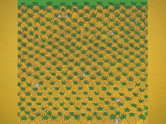



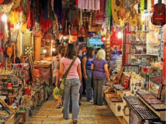















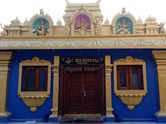
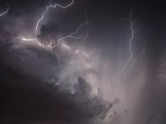

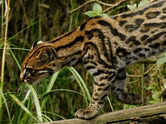
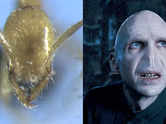



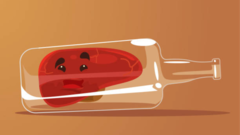

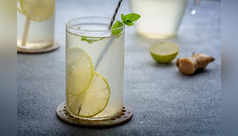

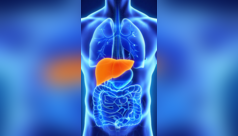
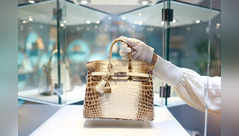

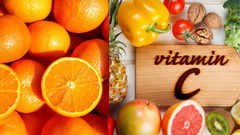





















closecomments
SIGN IN WITH
GoogleEmail